Sodium hydroxide, or caustic soda, is a key chemical in many industries. It helps neutralize acids, control pH, and supports a wide range of chemical processes. Thus, it is essential for everything from water treatment to manufacturing.
While NaOH is very useful, it is also highly corrosive and dangerous. It can cause serious injuries if it touches skin or eyes, and improper dosing can harm equipment and disrupt processes. That’s why careful handling is so important.
Why NaOH Dosing Matters
In water treatment plants, sodium hydroxide is often added to stabilize pH levels and protect infrastructure from corrosion caused by acidic water. In wastewater treatment, it neutralizes effluents before discharge, ensuring environmental compliance. Food and beverage facilities utilize it in their cleaning systems, while chemical plants rely on it in a wide variety of processes.
NaOH is not like most other liquids. It can form crystals, corrode metals, and damage seals if the equipment is not built for it. Too much NaOH causes scaling and wastes chemicals, while too little makes processes less effective. That’s why accurate and safe dosing is essential.
The Role of a Dosing Pump
A dosing pump is a precise tool that adds the right amount of sodium hydroxide to a system. Instead of just moving liquid, it carefully measures each dose to match what the process needs. Many pumps now use sensors and controllers to adjust automatically, keeping pH levels steady without needing constant attention.
Different technologies are used for NaOH dosing, but Air-Operated Diaphragm Pumps (AODD pumps) have become the preferred choice. They run on compressed air rather than electricity, which reduces ignition risks in hazardous environments. Their simple yet robust design allows them to handle corrosive and viscous fluids with minimal wear. Most importantly, they can be built from chemically resistant materials such as polypropylene (PP), aluminum, or stainless steel to withstand the harsh effects of caustic soda.
Applications in Industry
The use of NaOH dosing pumps extends across multiple sectors:
- In municipal water systems, they protect pipelines by stabilizing acidity.
- In industrial wastewater, they ensure compliance by neutralizing effluents.
- In chemical plants, they maintain reaction conditions.
- In swimming pools and leisure facilities, they fine-tune pH alongside disinfection.
In every application, it’s important for pumps to be accurate and durable. If a pump fails, it can waste chemicals, cause downtime, or even create safety risks.
Our Range of Air Operated Diaphragm Pumps
To meet these needs, we provide a range of AODD pumps made for sodium hydroxide dosing. Each model is built to perform reliably in different situations.
The JQ06 is our smallest pump, ideal for places with limited space or lower dosing needs. It works at up to 7 bar and can move 19 liters per minute, making it a good fit for small jobs that need careful handling of caustic soda. It can also handle particles up to 1.5 mm, so it runs smoothly in real conditions.
For medium-sized operations, the JQ15/20 offers more capacity but keeps the same pressure. It can move 57 liters per minute, giving steady performance for systems that need more flow. This model can handle solids up to 2.5 mm, making it suitable for tougher environments.
The JQ25 is made for places that need higher flow and more pressure. It can handle up to 8.4 bar and move 150 liters per minute, making it great for continuous dosing in wastewater or chemical plants. It can also process solids up to 3.2 mm, so it works well in effluent systems.
Moving into a larger capacity, the JQ40 delivers up to 378 liters per minute while maintaining an 8.4 bar pressure rating. With its ability to process solids up to 4.8 mm, this pump is highly effective for large water treatment plants or industrial facilities with heavy NaOH usage.
For even greater demands, the JQ50 provides powerful performance with a maximum free flow of 568 liters per minute. It can handle solids up to 6.3 mm, making it one of the most rugged solutions in the series for industries where chemical dosing and debris handling must be combined.
At the top end, the JQ80 combines high-volume capability with durable construction. Like the JQ50, it delivers up to 568 liters per minute but is optimized for maximum reliability in plants that require large volumes of caustic soda on a daily basis. Its strength lies in maintaining consistent output under continuous operation.
Final Thoughts
NaOH is a powerful chemical that must be handled carefully. When dosed properly, it offers many benefits, but mistakes can be risky. Using a dedicated NaOH dosing pump helps keep workers safe, ensures compliance, and improves efficiency. Our Air Operated Diaphragm Pumps, from the small JQ06 to the robust JQ80, provide solutions for any size operation. Made from corrosion-resistant materials and built to last, these pumps offer the accuracy, reliability, and cost savings you need to manage caustic soda safely.

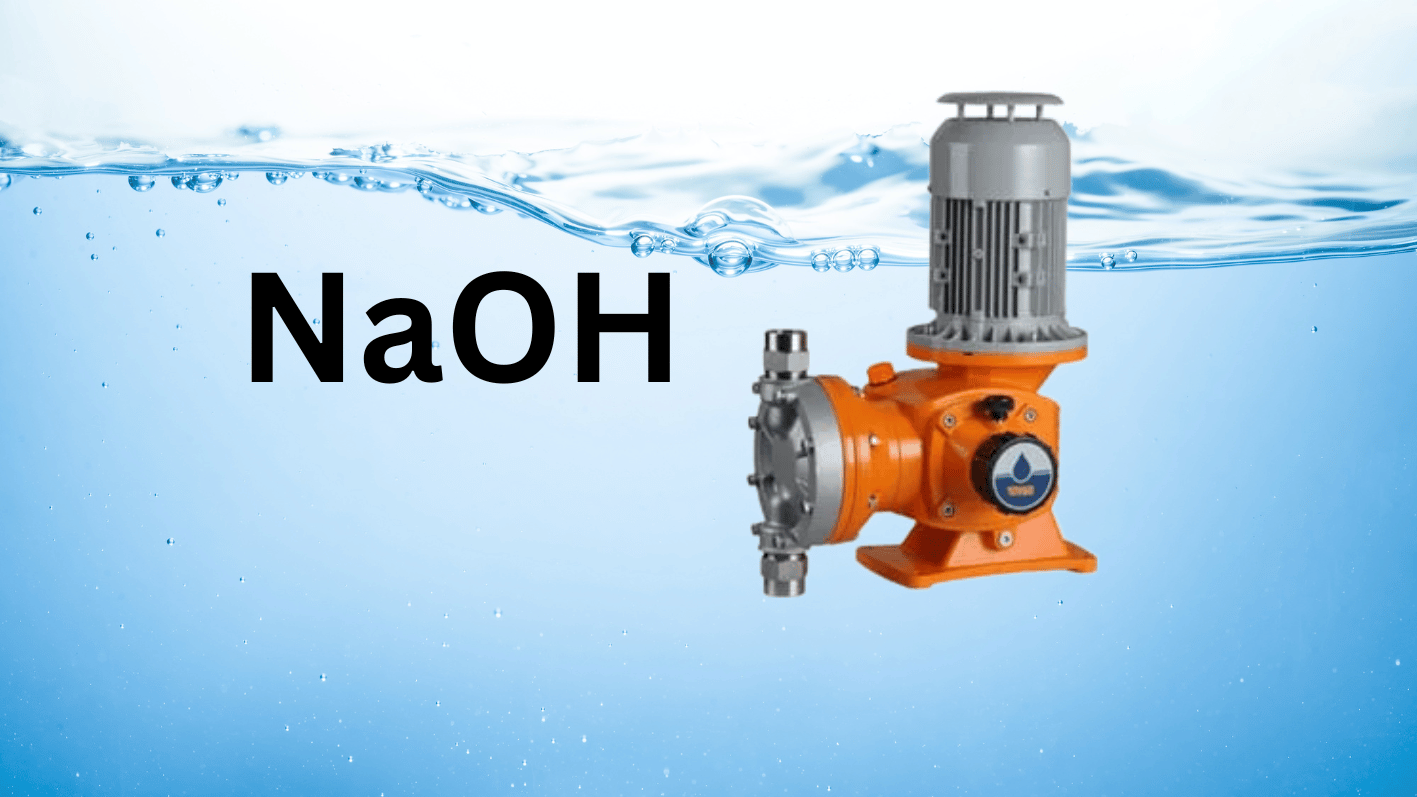
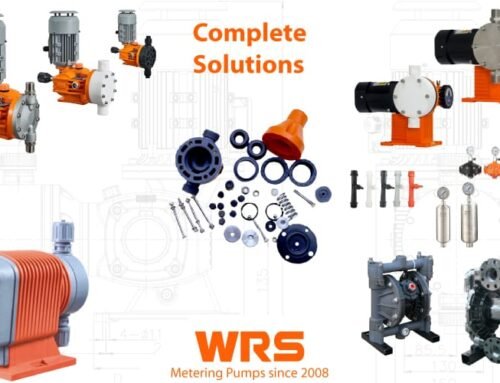
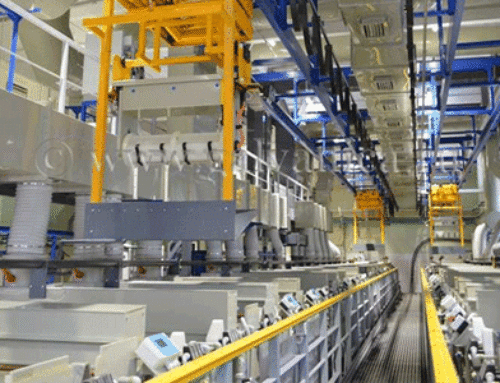
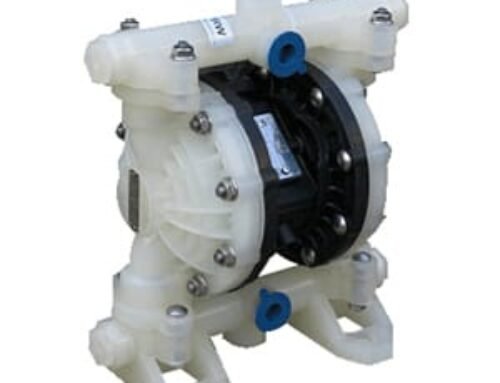
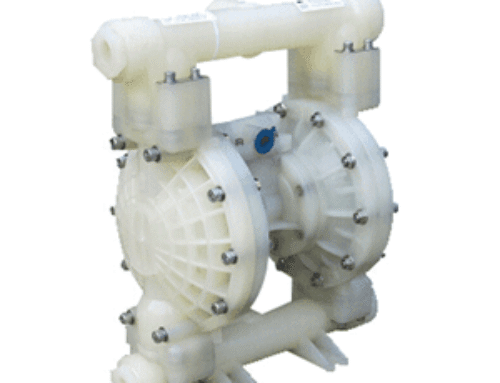
Leave A Comment